How to Identify Fake Currency Notes and What You Should Do About It
February 01, 2025
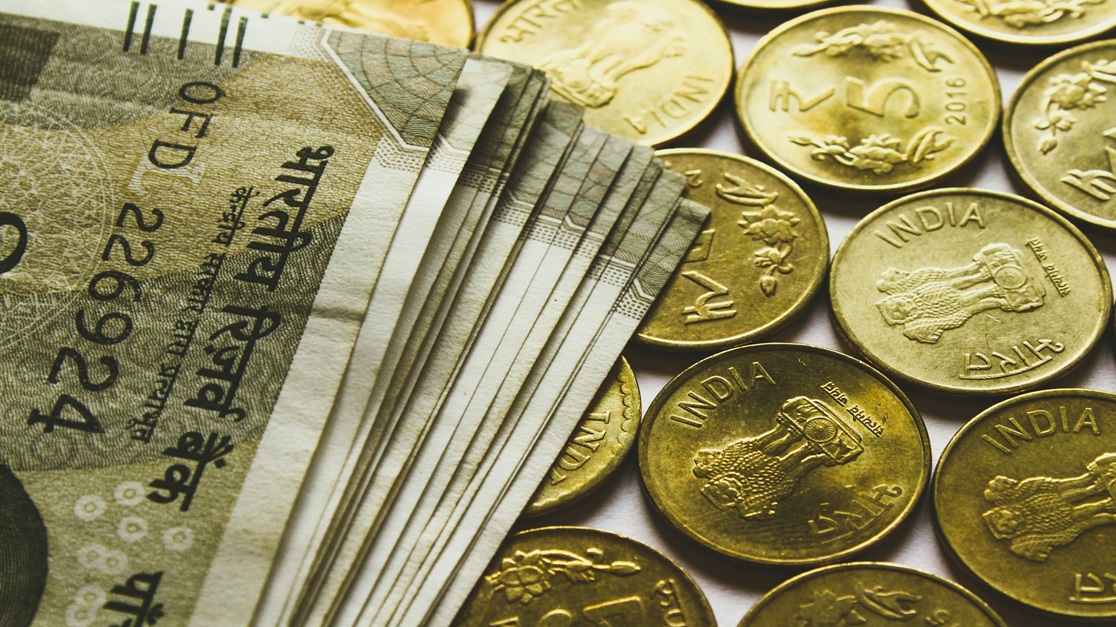
Dear reader, last night, while paying the auto driver, I realized my bank server was down, meaning I couldn’t use the UPI apps to make payment. Left with no other option, I handed him a ₹500 note. He took one glance and returned it, saying, “It’s fake.”
Surprised, I asked him how he could tell so quickly. With a tired sigh, he pointed out inconsistencies in the font style and grumbled about dealing with fake notes almost every day. That moment got me thinking—how many people unknowingly receive counterfeit currency, only to discover it when it's too late?
So, we decided to dig deeper into the world of fake notes. It turns out that thousands of Indians fall victim to counterfeit currency daily. This guide will help you identify fake notes with simple yet effective checks so you never get caught off guard.
How to Identify a Fake Currency Note
1. Mahatma Gandhi’s Watermark
One of the easiest ways to check the authenticity of an Indian banknote is by examining Mahatma Gandhi’s watermark. In genuine notes:
- The watermark is embedded into the paper during the manufacturing process and is visible when held against the light.
- The image appears clear, with no distortion or extra thickness.
- Fake notes often have a blurry, greasy, or rough image due to poor reproduction methods.
How to Check: Hold the note against a light source and ensure that the watermark is distinct and consistent with the denomination.
2. Security Thread
The security thread is a crucial feature that runs through the note. In real currency:
- The security thread is partially visible and appears as a broken line under normal light.
- When tilted, it appears continuous and shows inscriptions such as “भारत” (Bharat) and “RBI.”
- Counterfeit notes often have a printed imitation of the security thread, which lacks depth and shifting effects.
How to Check: Hold the note at an angle under a light source and observe the thread for embedded text and colour shifts.
3. Ink Quality and Printing Precision
Authentic notes have high-quality ink and precision printing. Signs of fake currency include:
- Smudged ink or broken lines.
- Discoloration or dull text that appears faded.
- Uneven printing where some letters or numbers are not properly aligned.
How to Check: Closely examine the print clarity under good lighting. The edges of images and text should be sharp, not blurred.
4. Formatting and Serial Numbers
Every currency note has a unique serial number. Genuine notes maintain:
- Uniform font size, spacing, and alignment.
- Perfectly aligned numerals without uneven gaps.
- Counterfeit notes often have misaligned numbers or inconsistent fonts.
How to Check: Compare the serial number with another genuine note of the same denomination to spot irregularities.
5. Typography and Micro-lettering
Micro-lettering is a special feature that appears in small font size, visible only under magnification. On real notes:
- The words “RBI” and the denomination appear between Mahatma Gandhi’s image and the security thread.
- The text is sharp and well-defined.
- Counterfeit notes often have blurred, missing, or misspelled micro-lettering.
How to Check: Use a magnifying glass to examine the micro-lettering.
6. Devanagari and Regional Languages
Indian banknotes display the denomination in both English and Devanagari on the front, with the reverse side featuring 15 regional languages. Counterfeit notes may:
- Have inconsistent font styles.
- Show missing or poorly printed regional language scripts.
How to Check: Compare the denomination script with an authentic note and look for printing inconsistencies.
7. Intaglio (Raised) Printing
Genuine currency notes feature raised printing that can be felt by touch. This includes:
- The Mahatma Gandhi portrait.
- The Ashoka Pillar emblem.
- Braille identification marks for visually impaired individuals.
- Counterfeit notes often have flat or indistinct embossing.
How to Check: Run your fingers over the note. Authentic notes will have a textured feel, whereas fake notes may feel smooth.
What to Do If You Receive a Fake Currency Note?
If you suspect that a currency note is counterfeit, follow these steps:
- Do not attempt to use it – Using counterfeit currency knowingly is a punishable offense under Section 489C of the Indian Penal Code.
- Report it to the nearest bank or police station – Banks are required to confiscate counterfeit notes and report them to the Reserve Bank of India (RBI).
- If received from an ATM, inform the bank immediately – Show the note to the CCTV camera at the ATM and keep your withdrawal receipt for reference.
- Spread awareness – Educate friends and family about identifying fake notes to prevent further circulation.
Will the Bank Issue a New Note If You Submit the Counterfeit or Fake Note?
If you have received fake note from ATM, here’s what you should do.
- Place the note to the CCTV camera at the ATM and keep your withdrawal receipt for reference.
- Deposit the fake note and transaction receipt at the bank (any bank branch of the ATM).
- The bank will ask you to fill a form and will provide a new note against the fake note.
If you have received fake note from any relative, friend or during any personal transaction, unfortunately you can’t do anything unless you have strong proof that you have been deceived. That said, if you receive a bundle of counterfeit notes, you can inform your nearest RBI Issue Office or Police Station. Do not try to hide or pass on fake notes – it’s punishable under Section 489C – you may face a hefty fine or imprisonment ranging from 7 years to lifetime imprisonment.
What Banks Do with the Fake Notes?
RBI has a comprehensive directive on the protocols banks must follow upon receiving fake notes. You can read it here.
Final Thoughts
Counterfeit currency is a serious issue, but with careful observation, you can protect yourself from falling victim to it. By checking features like the watermark, security thread, ink quality, and raised printing, you can confidently verify whether a note is genuine. Always report fake notes to the authorities to prevent their circulation and safeguard the economy. Stay vigilant and spread awareness to ensure financial security for yourself and others!
Kick-start your financial journey with Ujjivan. Save more with our high-interest Savings Account and Deposit products. Need cash for your business or personal needs? Apply for MSME Loans or Micro Loans with us – we offer competitive rates and quick disbursal. We also offer vehicle loans and home loans tailored for your unique requirements. Experience a smooth banking journey with Ujjivan SFB!
Disclaimer:
The contents herein are only for informational purposes and generic in nature. The content does not amount to an offer, invitation or solicitation of any kind to buy or sell, and are not intended to create any legal rights or obligations. This information is subject to updation, completion, amendment and verification without notice. The contents herein are also subject to other product-specific terms and conditions, as well as any applicable third-party terms and conditions, for which Ujjivan Small Finance Bank assumes no responsibility or liability.
Nothing contained herein is intended to constitute financial, investment, legal, tax, or any other professional advice or opinion. Please obtain professional advice before making investment or any other decisions. Any investment decisions that may be made by the you shall be at your own sole discretion, independent analysis and evaluation of the risks involved. The use of any information set out in this document is entirely at the user’s own risk. Ujjivan Small Finance Bank Limited makes no representation or warranty, express or implied, as to the accuracy and completeness for any information herein. The Bank disclaims any and all liability for any loss or damage (direct, indirect, consequential, or otherwise) incurred by you due to use of or due to investment, product application decisions made by you on the basis of the contents herein. While the information is prepared in good faith from sources deemed reliable (including public sources), the Bank disclaims any liability with respect to accuracy of information or any error or omission or any loss or damage incurred by anyone in reliance on the contents herein, in any manner whatsoever.
To know more about Ujjivan Small Finance Bank Products Visit:"https://www.ujjivansfb.in"
All intellectual property rights, including copyrights, trademarks, and other proprietary rights, pertaining to the content and materials displayed herein, belong
to Ujjivan Small Finance Bank Limited or its licensors. Unauthorised use or misuse of any intellectual property, or other content displayed herein is strictly prohibited and the same is not intended for distribution to, or use by, any person in any jurisdiction where such distribution or use would (by reason of that person’s nationality, residence or otherwise) be contrary to law or registration or would subject Ujjivan Small Finance Bank Limited or its affiliates to any licensing or registration requirements.
FAQs
1. What should I do if I unknowingly use a fake note?
If you unknowingly use a counterfeit note, you will not face legal consequences. However, if found guilty of intentional circulation, it is punishable under law.
2. Can banks reimburse me if I receive fake notes from an ATM?
If you receive counterfeit currency from an ATM, report it immediately to the bank with the withdrawal receipt. The bank may investigate and refund your amount if proven genuine.
3. How can small shopkeepers or vendors identify fake currency quickly?
They can use simple techniques like holding the note against the light, feeling for raised print, and using ultraviolet light detectors.
4. Are there any mobile apps to verify currency authenticity?
Yes, the RBI periodically updates features and provides information through apps like ‘MANI’ for visually impaired individuals.
5. Is there a legal penalty for possessing counterfeit currency?
Knowingly possessing or distributing fake currency is punishable under Indian law.
6. How do banks detect fake currency notes?
Banks use UV scanners, magnifying lenses, and machine-assisted verification methods.
7. Can counterfeit notes be exchanged at a bank?
No, banks are required to seize counterfeit notes and cannot return any value for them.
8. Are newer currency notes more difficult to counterfeit?
Yes, new security features such as colour-shifting ink and optical variable devices make counterfeiting more difficult.
9. Can I check for fake notes without special equipment?
Yes, by using light exposure, texture checking, and comparing with a genuine note.
10. What should I do if someone gives me a fake note?
Refuse to accept it and ask for a replacement. If already received, report it to authorities.
Latest Blogs
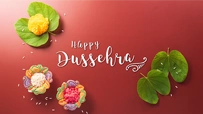
Dussehra 2025: How to Win Your Financial Battles with Smart Saving
Dussehra 2025 (also known as Vijayadashami) falls on Thursday, October 2, 2025.
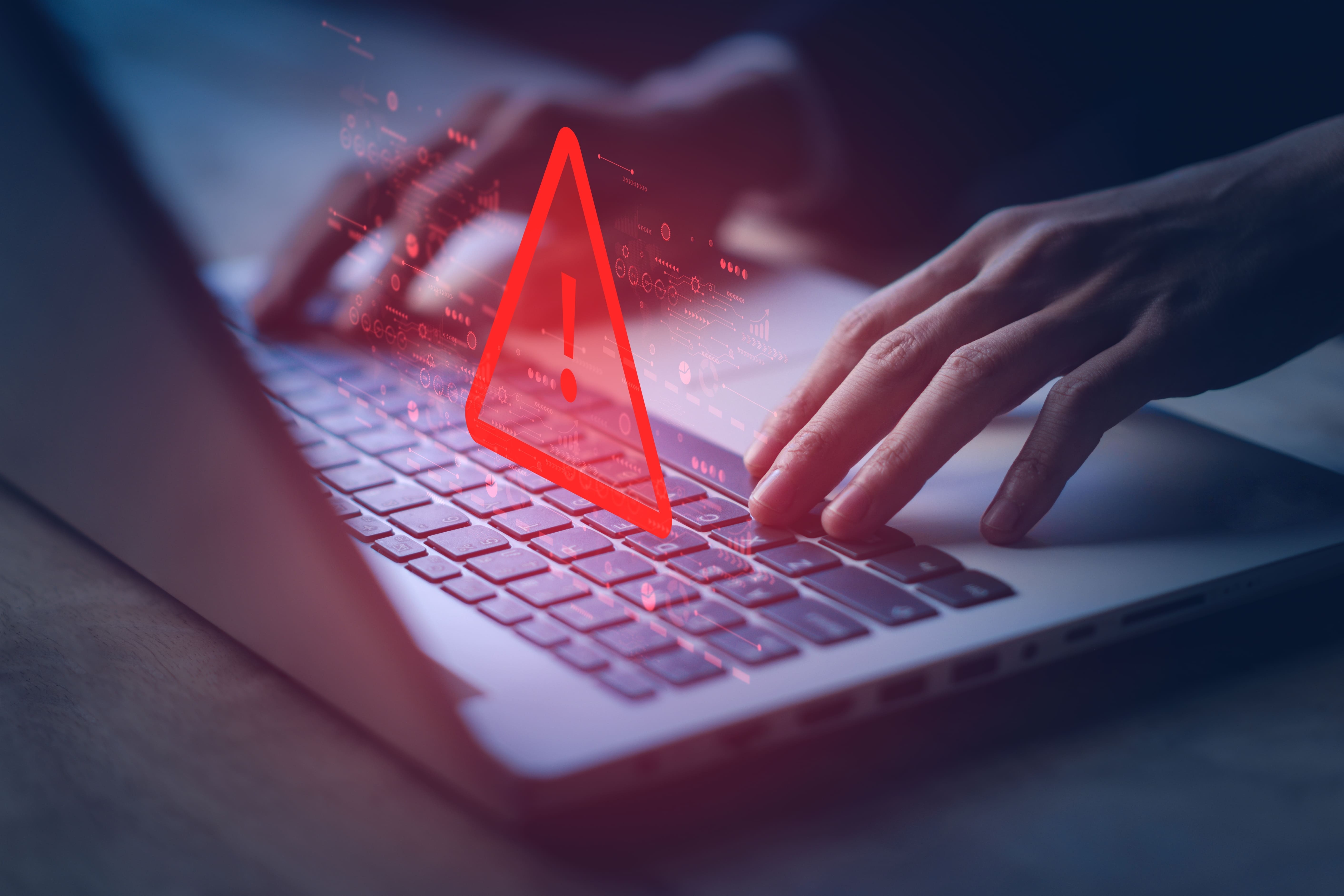
eSIM Scam in India: I4C Warns Mobile Users About Rising Fraud – How to Stay Safe
The Indian Cybercrime Coordination Centre (I4C), a wing of the Ministry of Home Affairs, issued a strong warning to mobile users about the rapid increase in eSIM fraud in India.

How to Link PAN with Aadhaar: Step-by-Step Guide & Consequences of Not Linking
Linking your Permanent Account Number (PAN) with your Aadhaar is no longer just a best practice.
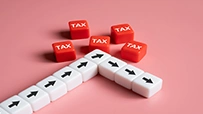
Annual Information Statement (AIS): A Complete Guide for Stress-Free ITR Filing
India’s tax season is in its final stretch.
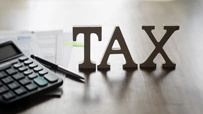
ITR-1 (Sahaj) Restrictions: Income Sources Not Allowed & Filing Rules
With just a few days left before the 15 September 2025 deadline for filing Income Tax Returns (ITRs) for Assessment Year (AY) 2025-26, many taxpayers are rushing to submit their forms online.

